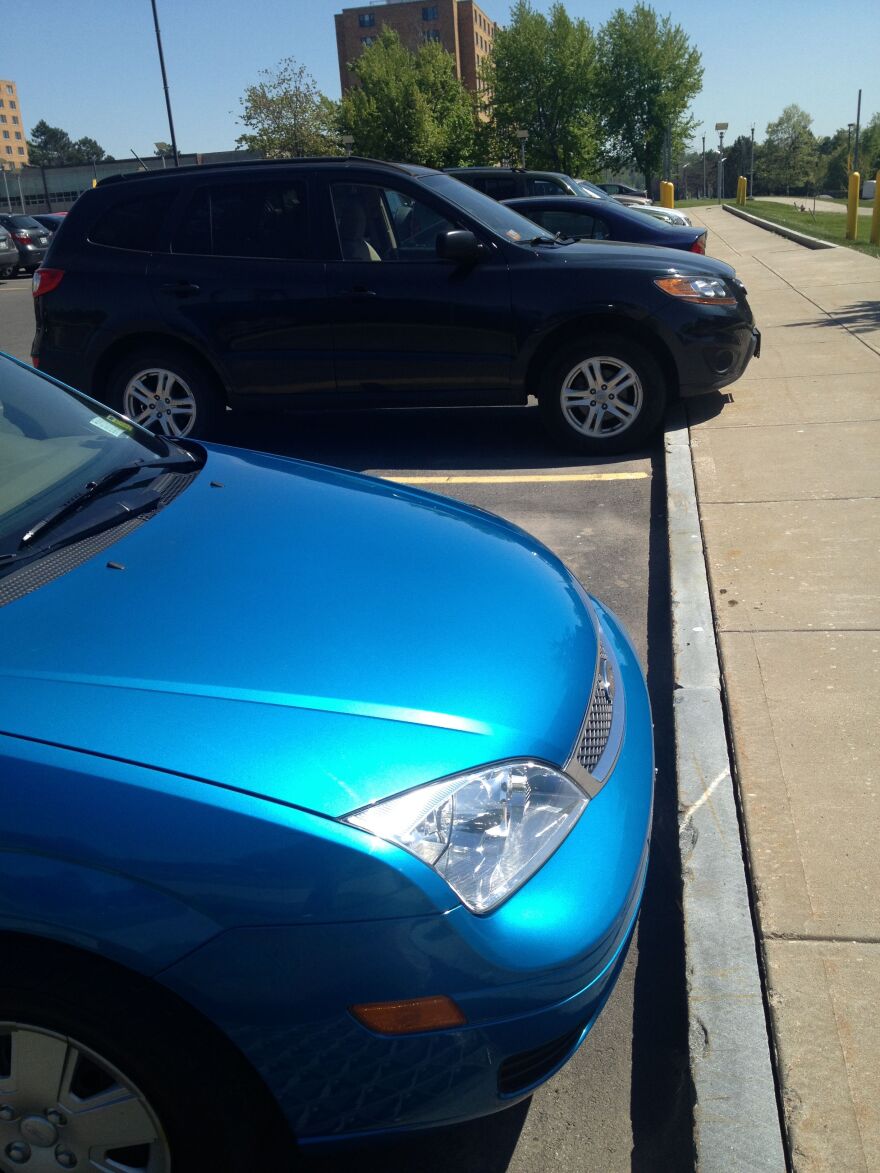It’s summertime. It’s hot. Your car has been parked in the blazing sunshine all day. You get in and the seats feel like they’re burning your legs and the steering wheel is untouchable. You may think of it as uncomfortable, an inconvenience. But a car’s interior can reach a temperature high enough to be dangerous.
Click "Read More" to hear our interview with Jan Null.
This week on “Take Care,” meteorologist Jan Null explains the science behind the climate inside your car. Null, a nationally recognized expert on the subject, has been a lead forecaster with the National Weather Service, an adjunct professor of meteorology at San Francisco State University, and a certified consulting meteorologist.
Null, who has researched interior temperatures of automobiles, says on a 90 degree day a car can reach in excess of 140 degrees in just an hour’s time.
“It gets very warm, but it also gets warm very fast. Most of that heating is in the first 20 minutes or so,” said Null.
So how and why does that happen?
Null says the biggest culprit is sunlight coming through the car’s windows. The car acts as a greenhouse, and heats up objects in the car – the dashboard, the seats, and other object can reach up to 180-200 degrees in direct sunlight. Those objects give off energy, and that’s what heats up the air inside the car --- through both convection and conduction. Null calls it a very “efficient process.”
But it doesn’t even have to be an especially hot day. On a 70 degree day, for example, Null says your car can reach the 115 degree range, dangerous for living beings, particularly pets, children and the elderly.
The second biggest factor in heating up your auto’s insides is the color of the interior of the car. If you’ve got dark seats and dashboards, look out, the sun will heat them up a lot quicker. Null said his research showed that there’s a negligible difference between leather and fabric seats. But if the exterior of your car is black, not to worry. That barely makes a difference.
Your car’s sunroof or moon roof could be another contributing factor, however. Because it’s another window that sunlight can get through.
So what can you do to help mitigate the rising temperatures in your car this summer? According to Null’s research, cracking the windows only helps a little bit. If you open your windows between one and a half to two inches, the temperature inside will only lower by about two degrees.
Your best bet is to block that sun. Windshield sunshades can help some, depending on the angle of the sun. Parking in the shade is by far the most effective thing you can do. But it’s not foolproof, Null says, because indirect sunlight still has a lot of energy. On an 80 degree day, for example, a car parked in shade could still be 100 degrees.
The bottom line -- don’t take a chance by leaving people or animals in your vehicle, particularly in the summer. The temperatures Null describes can cause heatstroke and other health problems.
“Never leave children or pets in cars unattended for any amount of time,” said Null.






